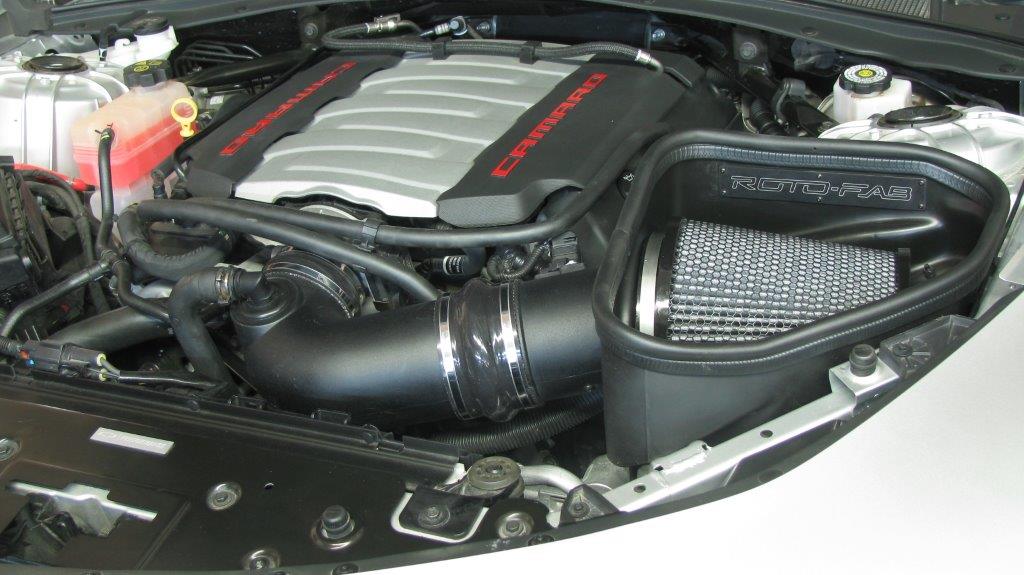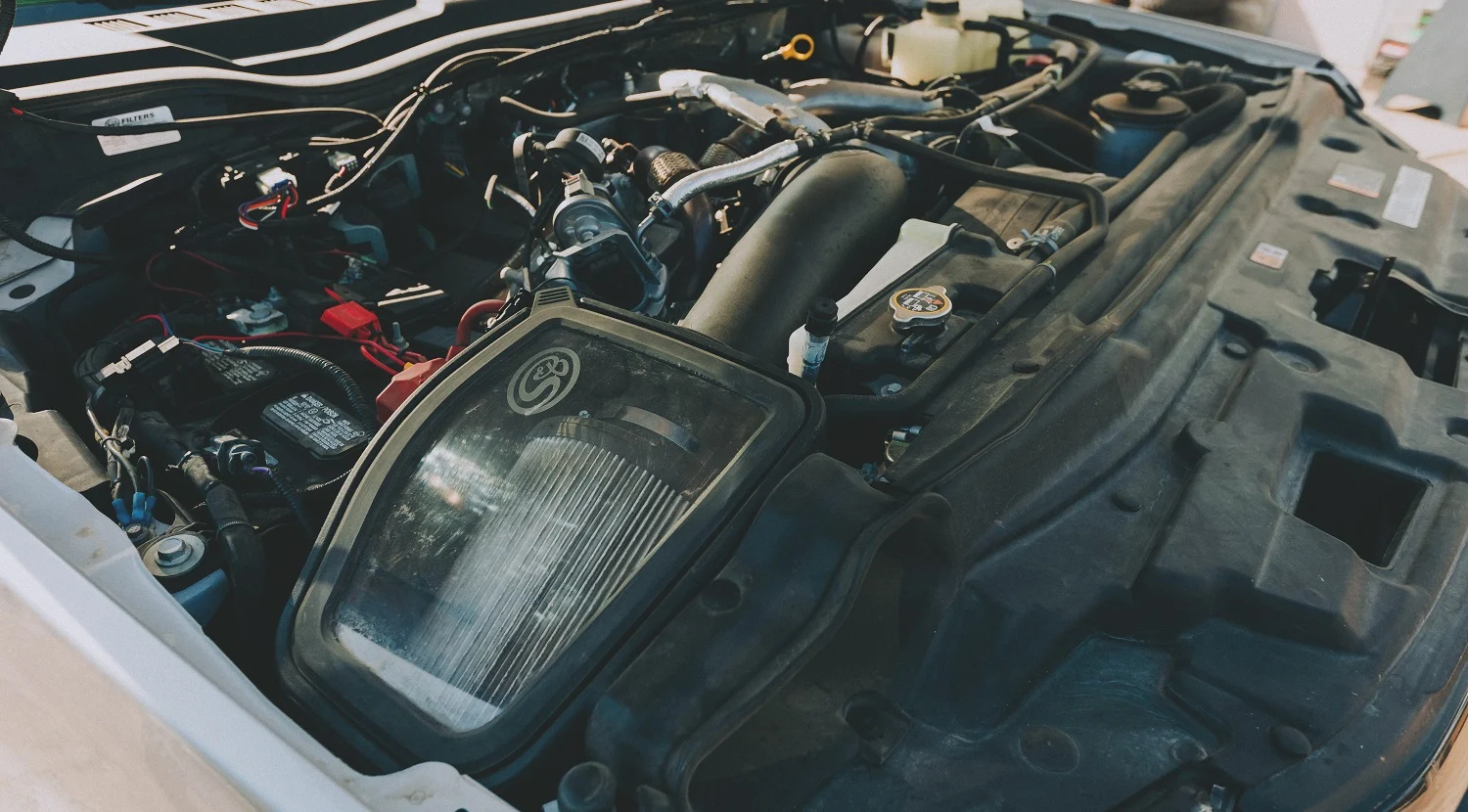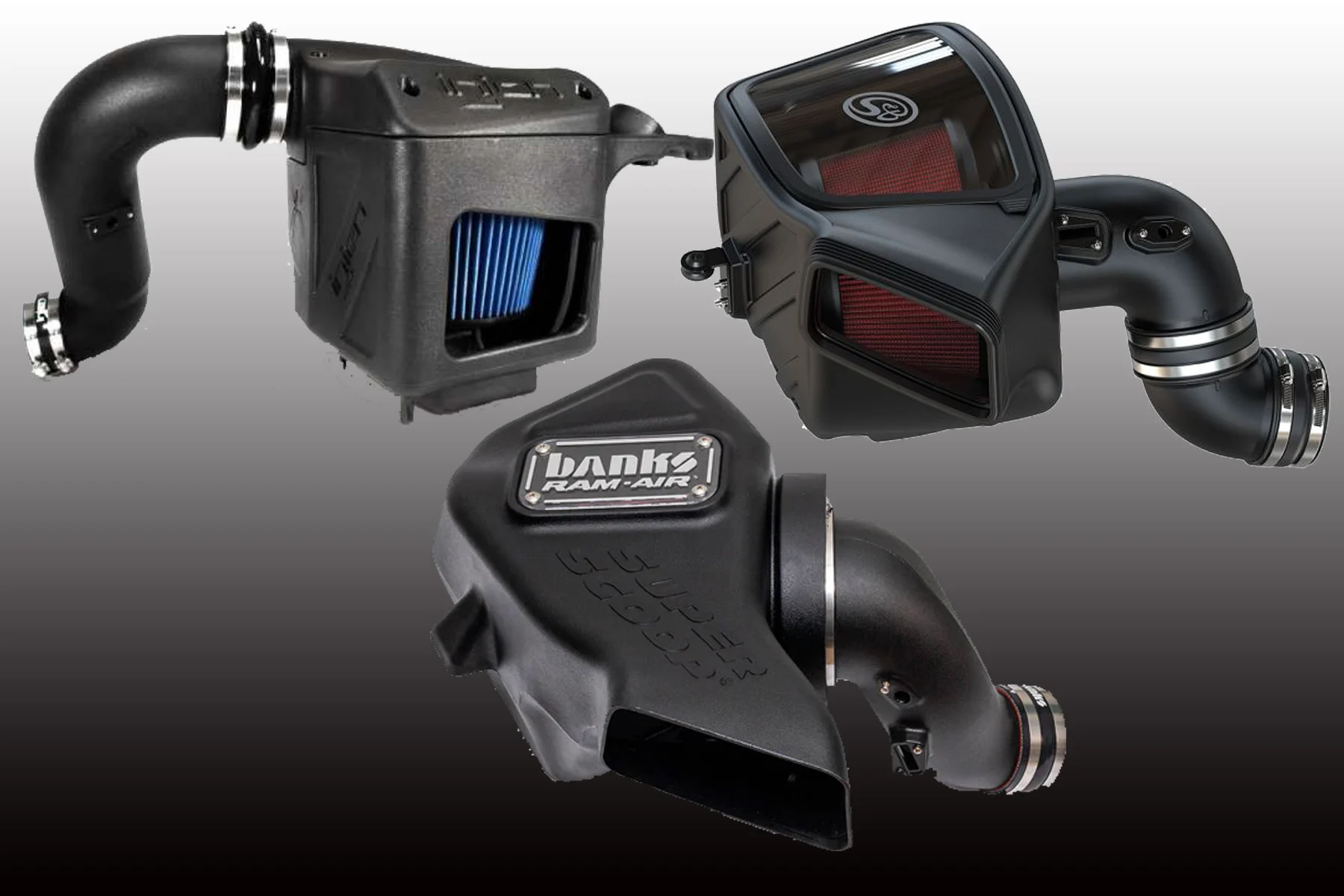Table of Contents
Cold Air Intake: Advantages and Disadvantages Explained
Introduction
Cold air intake (CAI) systems have become a popular aftermarket modification for car enthusiasts looking to enhance engine performance and efficiency. By replacing the factory air intake system with one that pulls in cooler air from outside the engine bay, a cold air intake can increase horsepower, improve throttle response, and potentially boost fuel economy.
However, CAI systems also come with potential drawbacks, such as warranty concerns, installation challenges, and the risk of hydro-locking. In this guide, we’ll explore the pros, cons, installation considerations, and maintenance of cold air intakes to help you decide if this modification is right for your vehicle.
Key Takeaways
| Aspect | Details |
|---|---|
| Performance Boost | Increases horsepower and torque by improving airflow. |
| Fuel Economy | Can improve fuel efficiency if installed and tuned properly. |
| Engine Sound | Creates a more aggressive intake sound, enhancing driving experience. |
| Installation Complexity | Some kits require professional installation; improper setup can cause issues. |
| Warranty & Legal Concerns | May void factory warranty and may not comply with emissions regulations in some regions. |
| Maintenance Needs | Requires regular cleaning and monitoring to prevent airflow restrictions. |

What is a Cold Air Intake?
A cold air intake (CAI) is an aftermarket upgrade that replaces the stock air intake system with one designed to pull in cooler, denser air from outside the engine bay. Since colder air contains more oxygen, the combustion process becomes more efficient, leading to better performance and fuel economy.
- Factory air intakes typically draw air from inside the engine compartment, where temperatures are higher.
- Cold air intakes extend the air filter away from the engine, often positioning it near the front bumper or wheel well to access cooler air.
CAI systems are made from various materials, including plastic, metal, and carbon fiber, and often feature a larger air filter for better airflow.
How a Cold Air Intake Works
The working principle of a CAI revolves around the concept of air density and combustion efficiency:
- Cooler air is denser – meaning it contains more oxygen per volume than warm air.
- More oxygen in the combustion chamber allows for more complete fuel burning, which can increase power output.
- Reduced airflow restrictions allow the engine to breathe more freely, improving throttle response.
By improving the air-to-fuel ratio, a cold air intake can enhance engine efficiency and performance. However, the benefits vary based on engine type, modifications, and driving conditions.
Pros of a Cold Air Intake System
1. Increased Horsepower and Performance
- More oxygen allows for better combustion, leading to higher horsepower and torque.
- Gains range from 5-15 horsepower depending on the vehicle and intake design.
2. Improved Fuel Efficiency
- More efficient combustion can reduce fuel consumption, especially at highway speeds.
- Benefits are typically minor but noticeable in well-tuned vehicles.
3. Enhanced Throttle Response
- Increased airflow improves engine responsiveness, making acceleration feel smoother and quicker.
4. More Aggressive Engine Sound
- Many cold air intakes create a deeper, throatier intake sound, enhancing the driving experience.
5. Lower Engine Temperatures
- Cooler intake air helps regulate engine temperatures, reducing the risk of overheating.
6. Easy Installation
- Many CAI kits come with bolt-on designs, allowing for relatively simple installation in a few hours.
Cons of a Cold Air Intake System
1. Potential Warranty Issues
- Some manufacturers void warranties if an aftermarket CAI is installed.
- Always check your vehicle’s warranty policy before making modifications.
2. Possible Lean Air-Fuel Ratio
- Some CAI systems alter the air-fuel ratio, leading to lean conditions that may cause misfires or engine knocking.
- A tune may be required to optimize performance and prevent damage.
3. Increased Risk of Hydro-Locking
- Since CAI systems position the air filter lower in the engine bay, water ingestion becomes a serious risk in heavy rain or flooded roads.
- Hydro-locking can cause severe engine damage or failure.
4. May Trigger Check Engine Light (CEL)
- Changes in airflow can disrupt the Mass Airflow Sensor (MAF), leading to engine warning lights.
- Poorly designed CAI systems can cause idle instability and stalling.
5. Legal and Emissions Compliance Issues
- Some states (such as California) have strict emissions laws that prohibit certain aftermarket intakes.
- Always ensure CARB-compliance if you live in a region with emissions restrictions.
Cold Air Intake vs Short Ram Intake: What’s the Difference?
| Feature | Cold Air Intake (CAI) | Short Ram Intake (SRI) |
|---|---|---|
| Air Source | Pulls air from outside the engine bay | Pulls air from inside the engine bay |
| Performance Gains | Better for sustained high-RPM performance | Better for quick acceleration response |
| Risk of Hydro-Locking | Higher (due to lower placement) | Lower |
| Engine Sound | Deeper, more aggressive | Loud, but not as deep as CAI |
| Ease of Installation | More complex | Easier, direct bolt-on |
| Ideal Use Case | Performance tuning and fuel economy | City driving and throttle response |

Cold Air Intake Maintenance Tips
To maximize performance and longevity, regular maintenance of your CAI system is essential:
1. Clean the Air Filter Regularly
- A dirty filter can restrict airflow and reduce efficiency.
- Most filters need cleaning every 10,000-15,000 miles.
2. Inspect for Leaks or Loose Connections
- Loose couplers or clamps can cause air leaks, reducing performance.
- Check for worn-out hoses and replace them as needed.
3. Be Cautious in Wet Conditions
- If driving in heavy rain, consider a hydro-shield to prevent water from entering the intake.
4. Monitor Engine Sensors
- If a Check Engine Light (CEL) appears, inspect the MAF sensor and ensure the intake is properly installed.
Popular Cold Air Intake Brands (2025)
| Brand | Key Features | Price Range | Best For |
|---|---|---|---|
| K&N | High-flow filters, reusable designs | $300 – $500 | All-around performance |
| AEM | Durable tubing, water-resistant | $250 – $450 | Daily drivers |
| Injen | Advanced tuning, aggressive sound | $300 – $600 | Performance enthusiasts |
| Airaid | Premium filtration, legal in all states | $250 – $500 | Emissions-conscious buyers |
| Spectre | Budget-friendly, decent gains | $150 – $300 | Entry-level users |
| Volant | Sealed airboxes, quieter operation | $350 – $700 | Luxury and comfort |
Final Verdict: Is a Cold Air Intake Worth It?
A cold air intake can be a valuable upgrade for performance-focused drivers looking to enhance horsepower, throttle response, and fuel efficiency. However, it’s essential to consider installation challenges, potential risks, and legal implications before making a purchase.
Who Should Get a Cold Air Intake?
✅ Performance enthusiasts seeking better airflow and power.
✅ Drivers in dry climates (less risk of hydro-locking).
✅ Those looking for a simple, affordable modification.
Who Should Avoid It?
❌ Drivers in rainy or flood-prone areas.
❌ Those concerned about warranty or emissions compliance.
❌ Car owners not comfortable with regular maintenance.
When installed correctly and properly maintained, a cold air intake can be an effective and rewarding modification that enhances the driving experience.

Additional Resources
Check out the best performance car gear available on the market.
